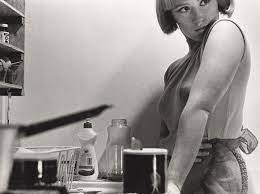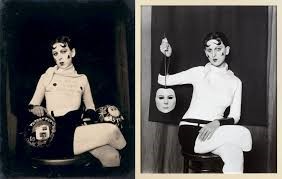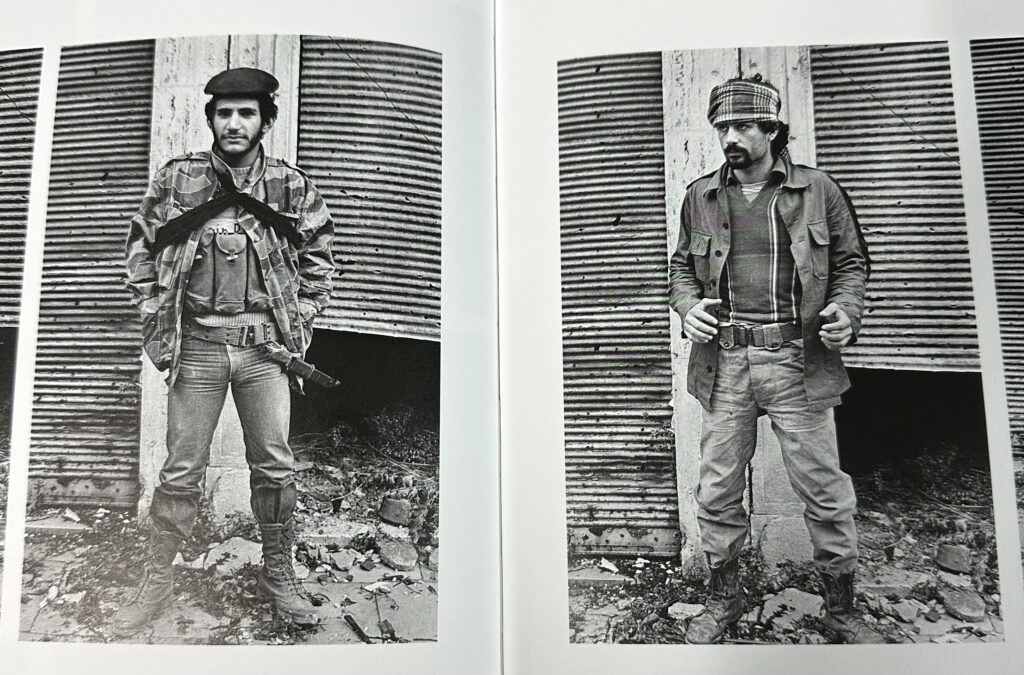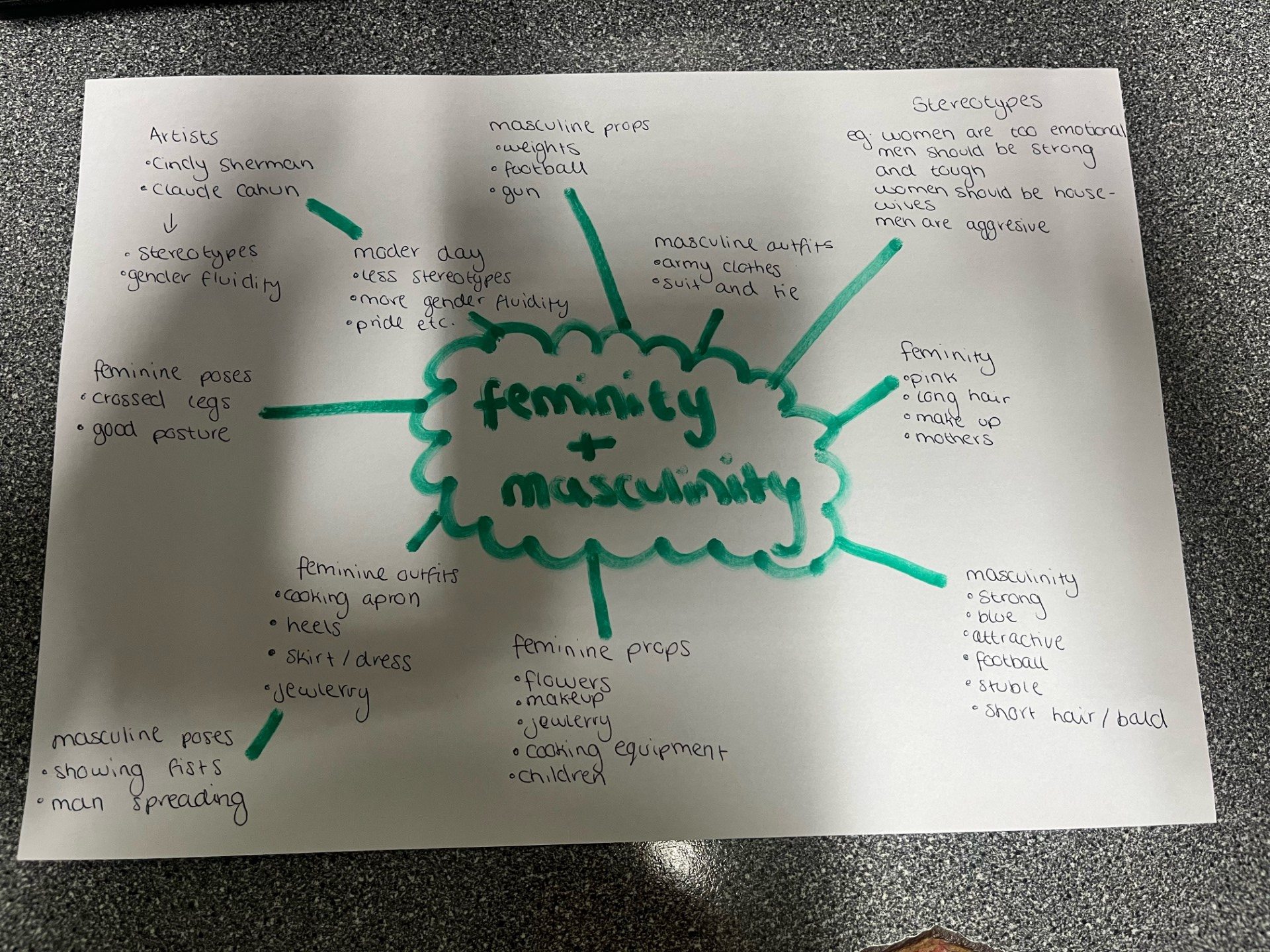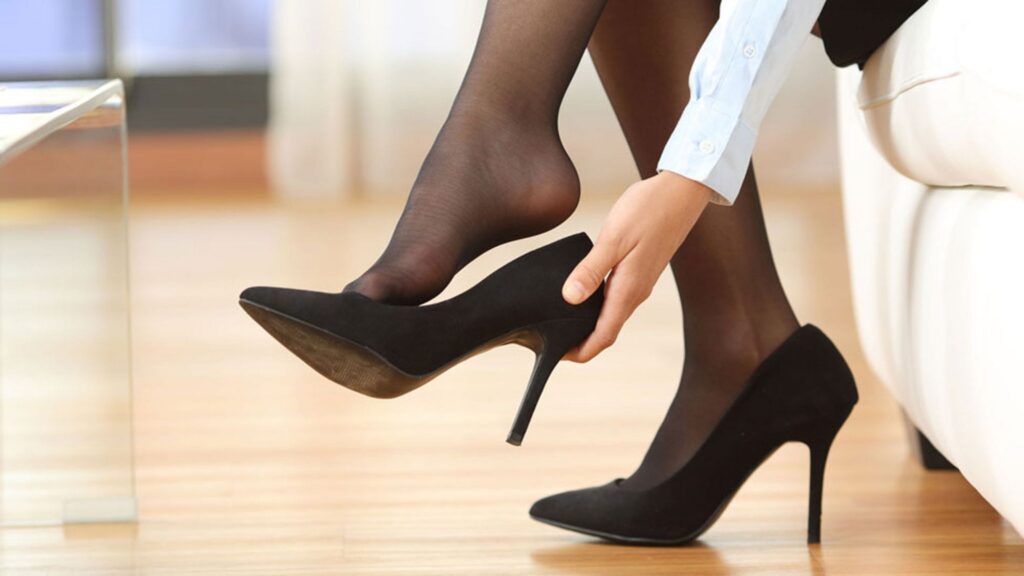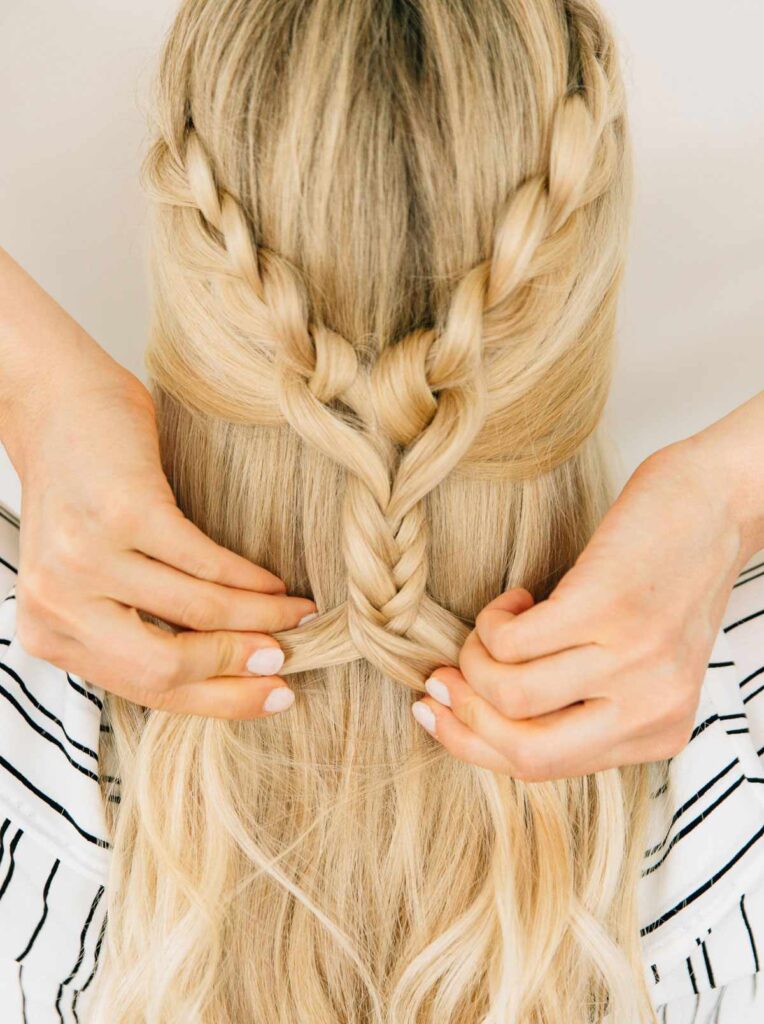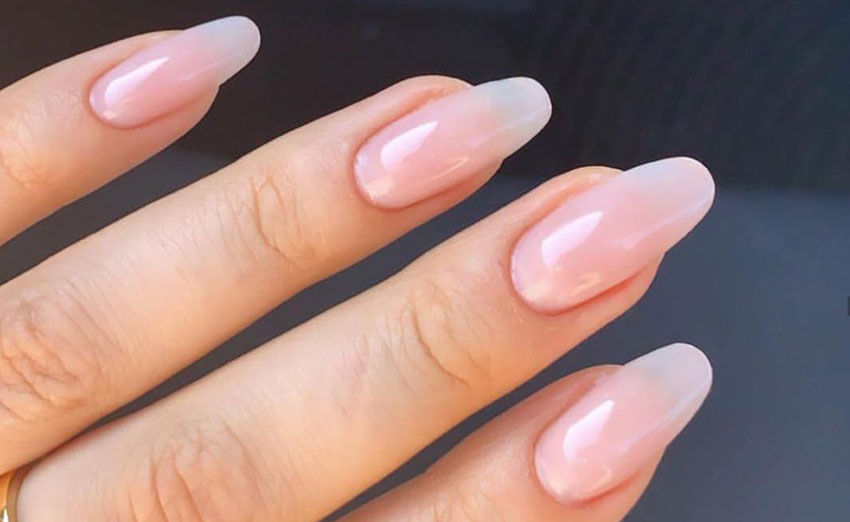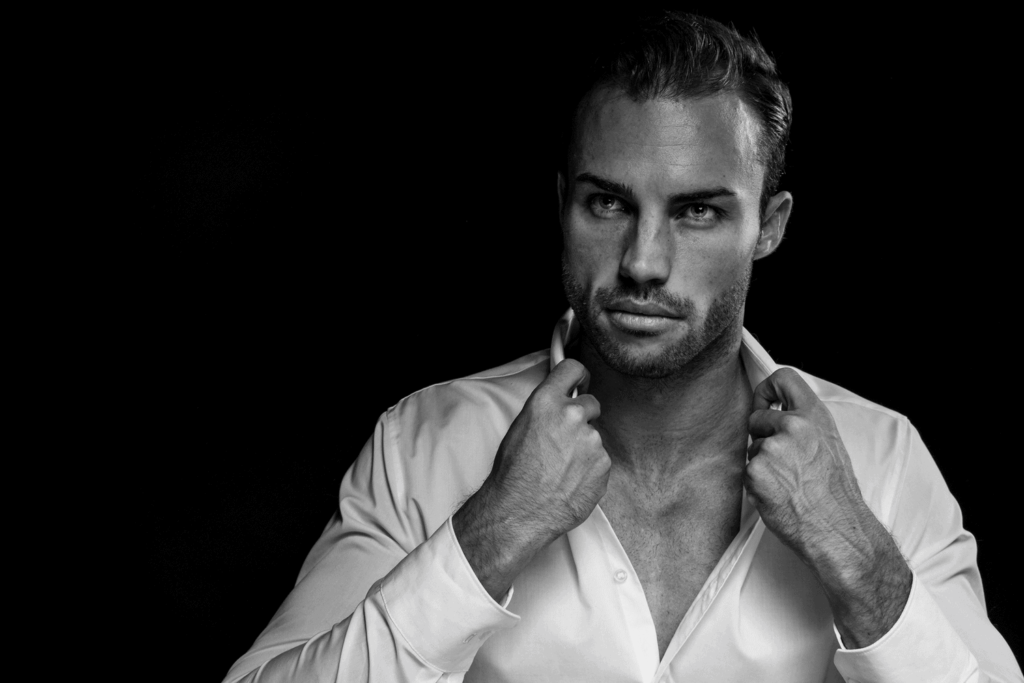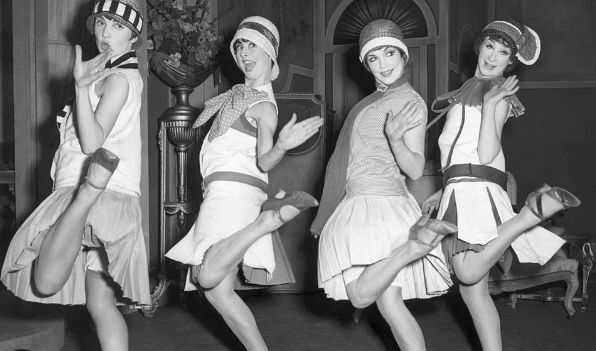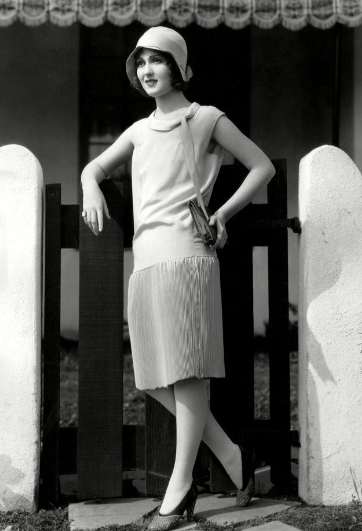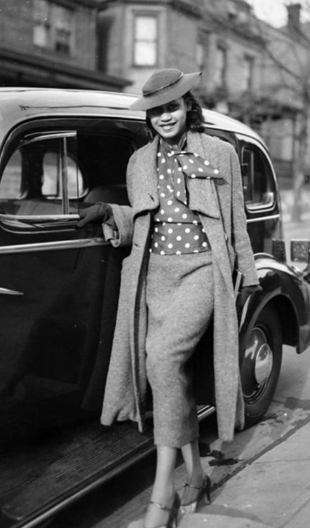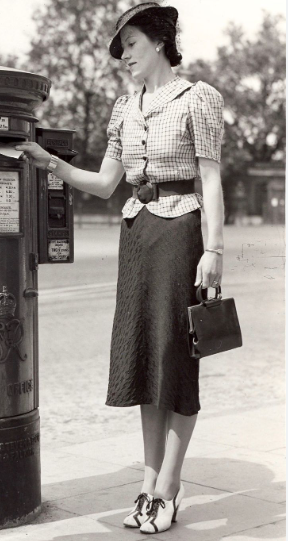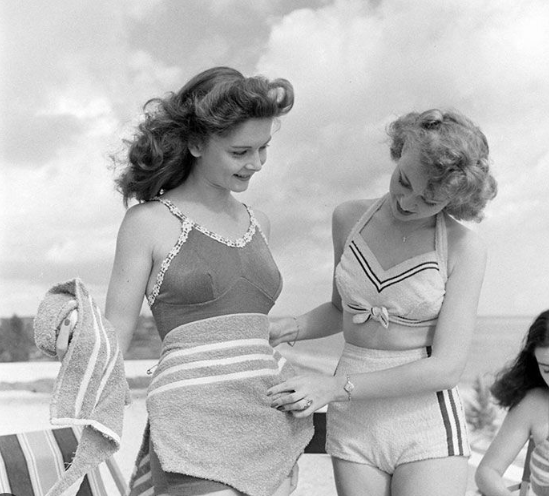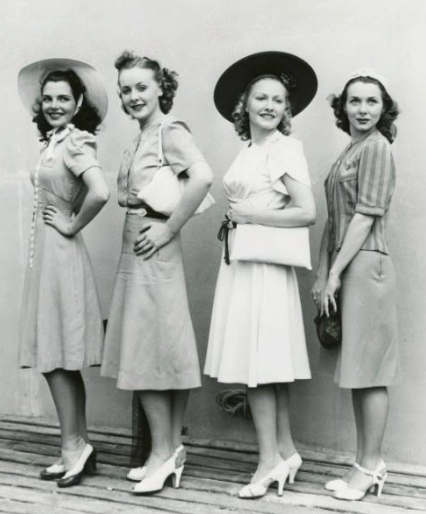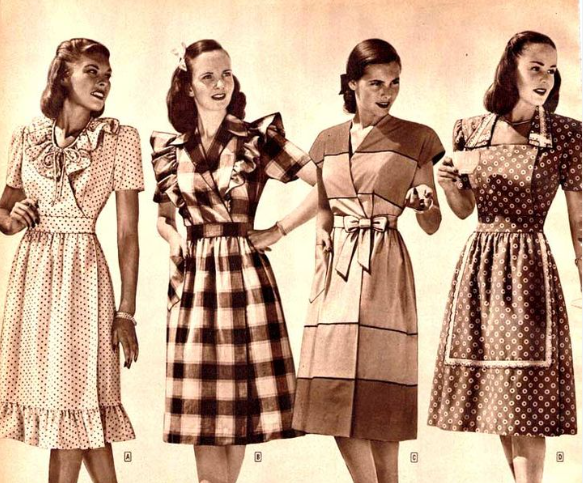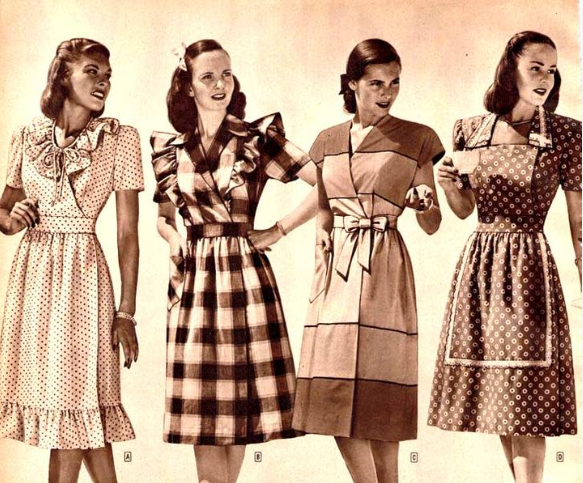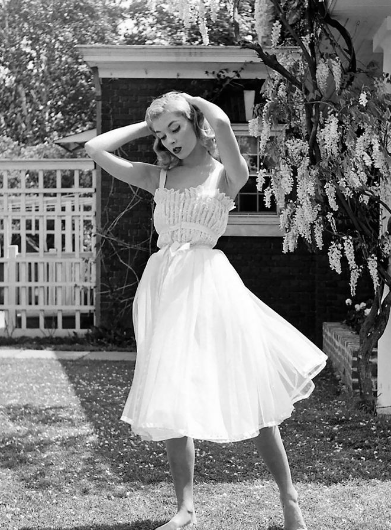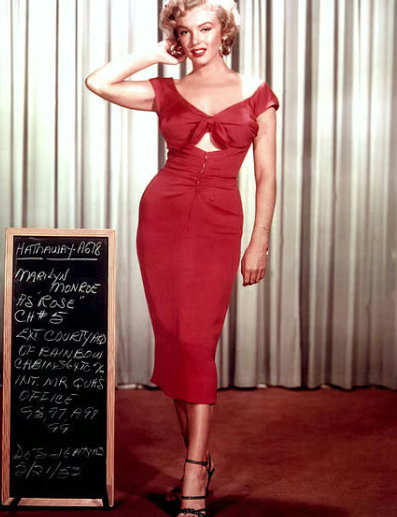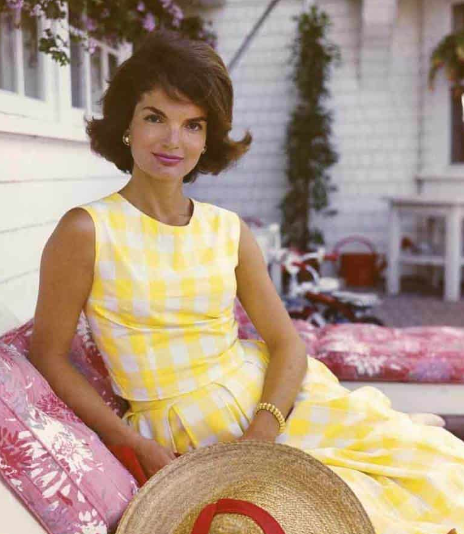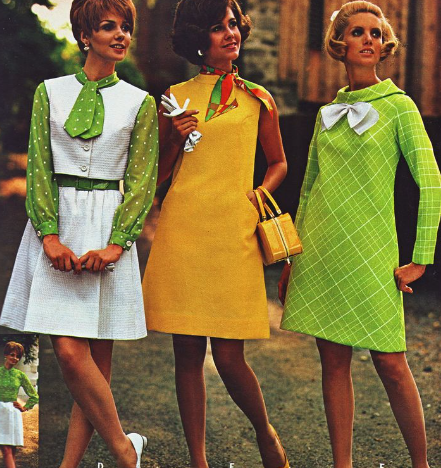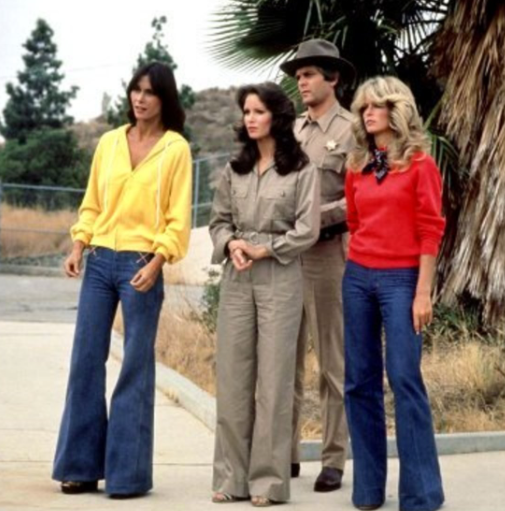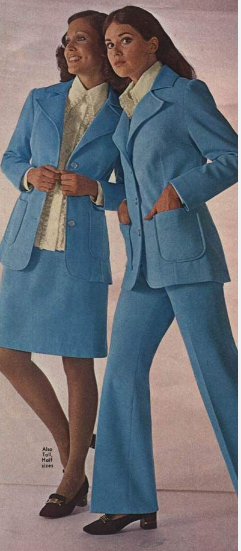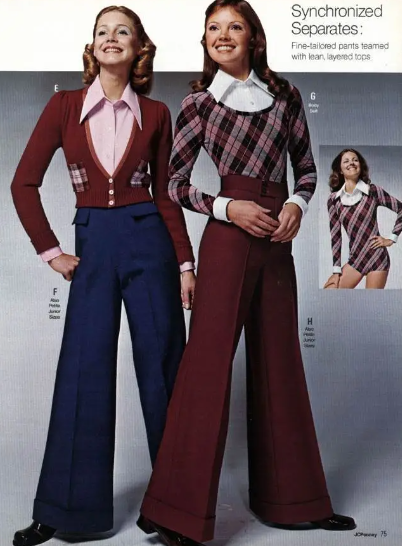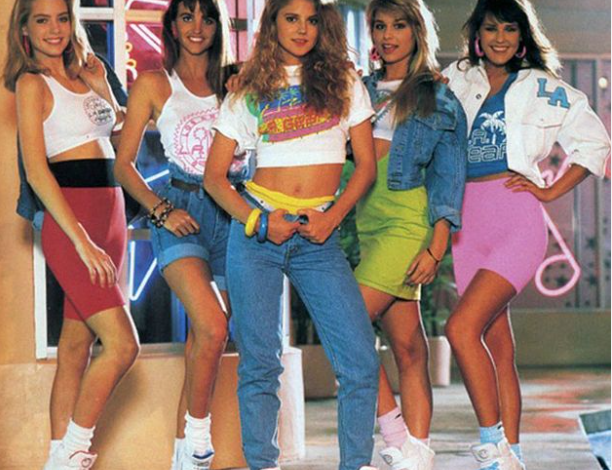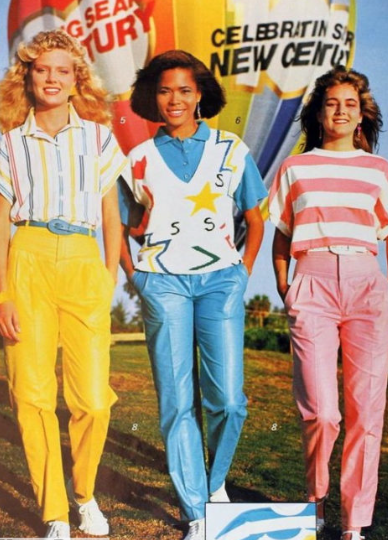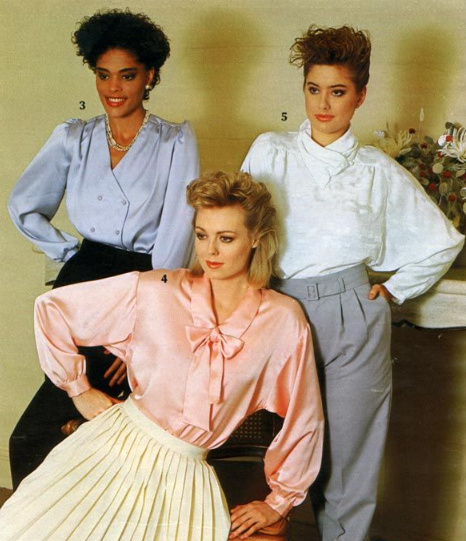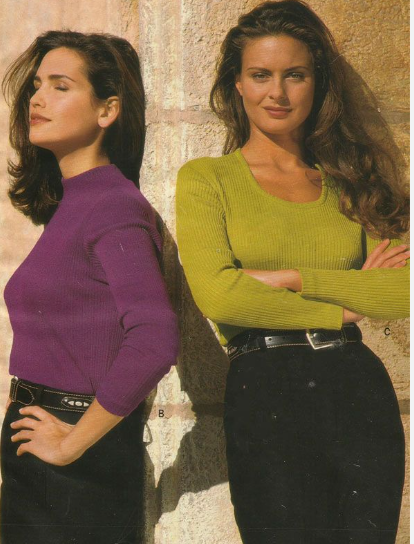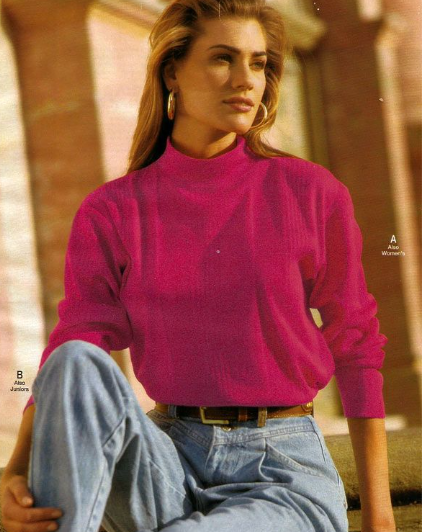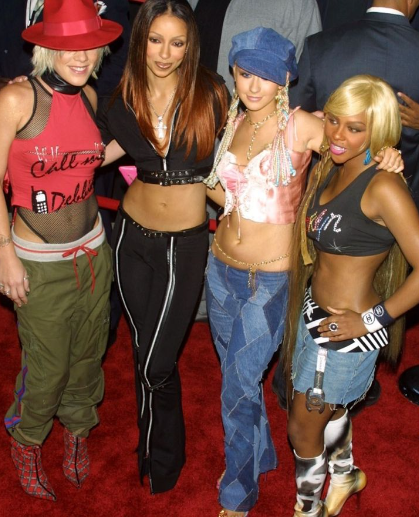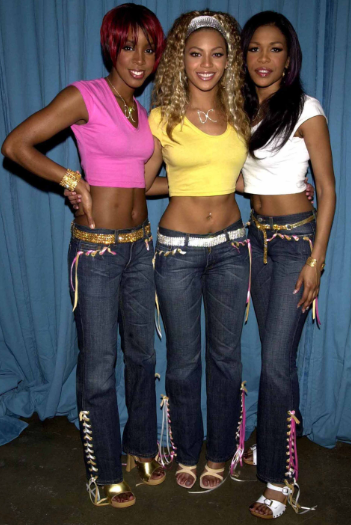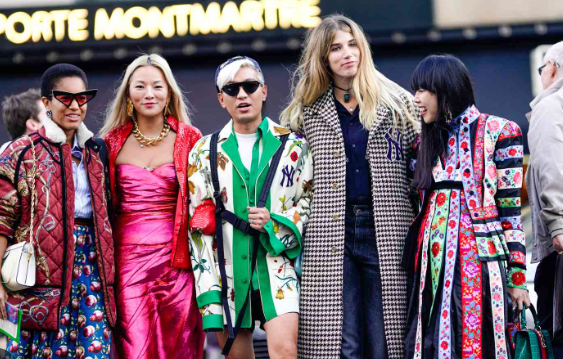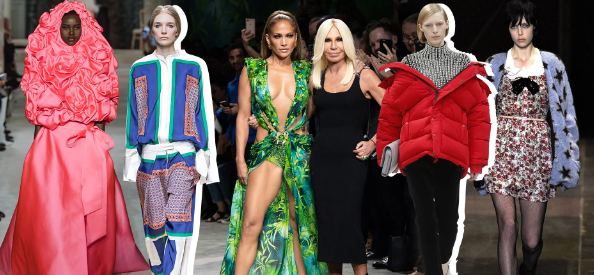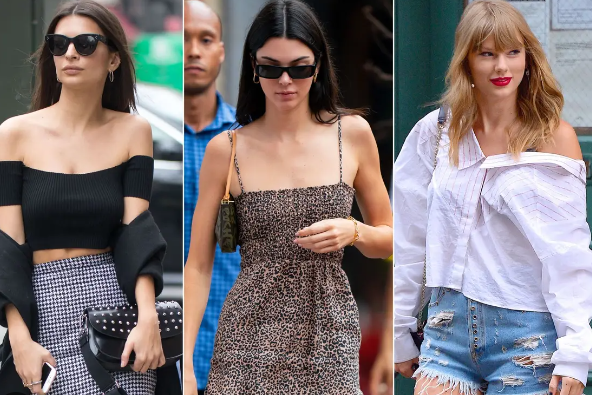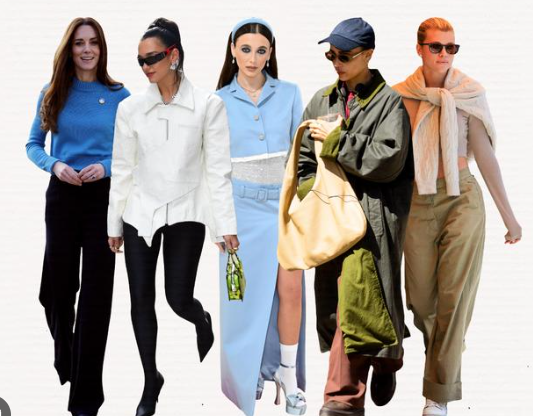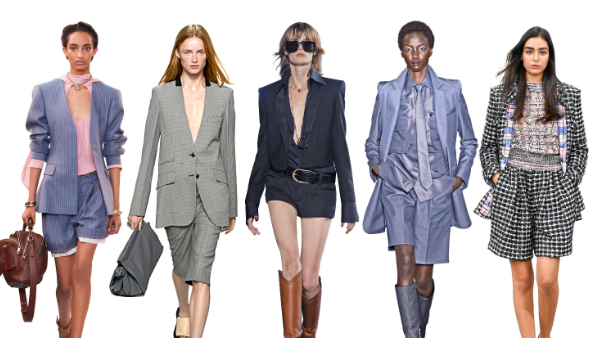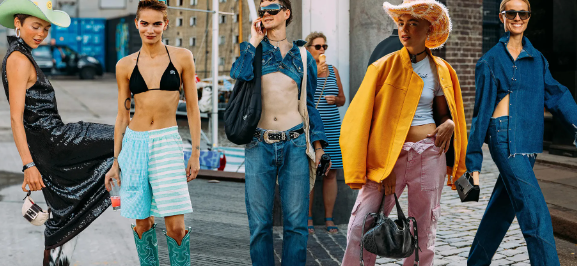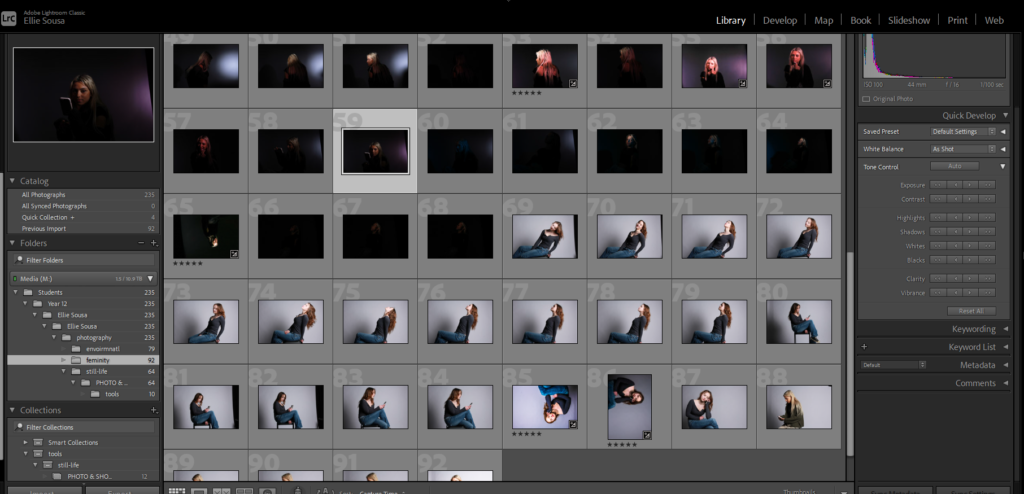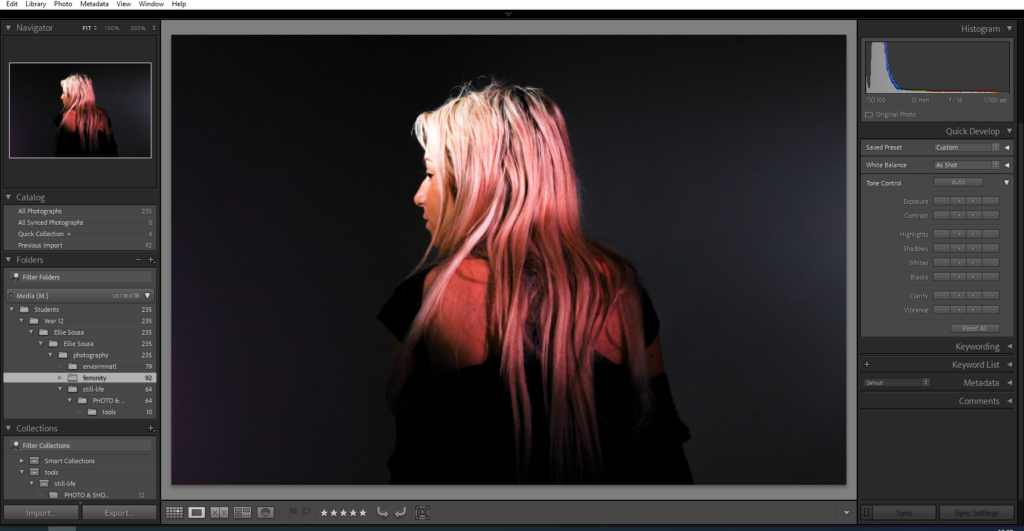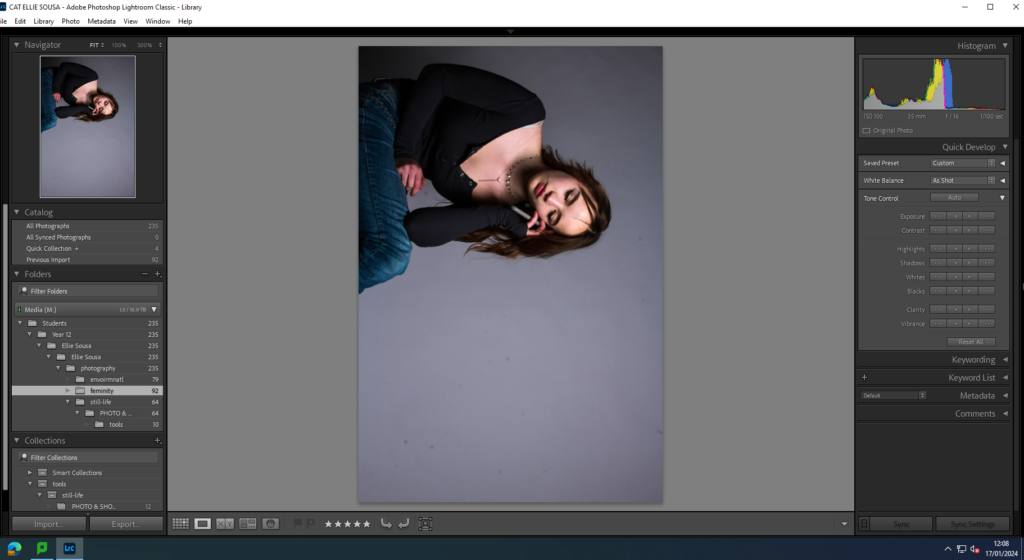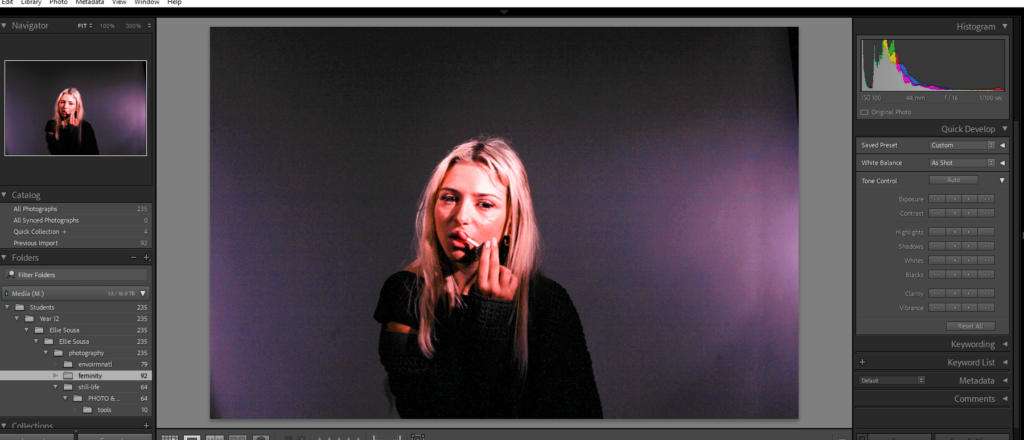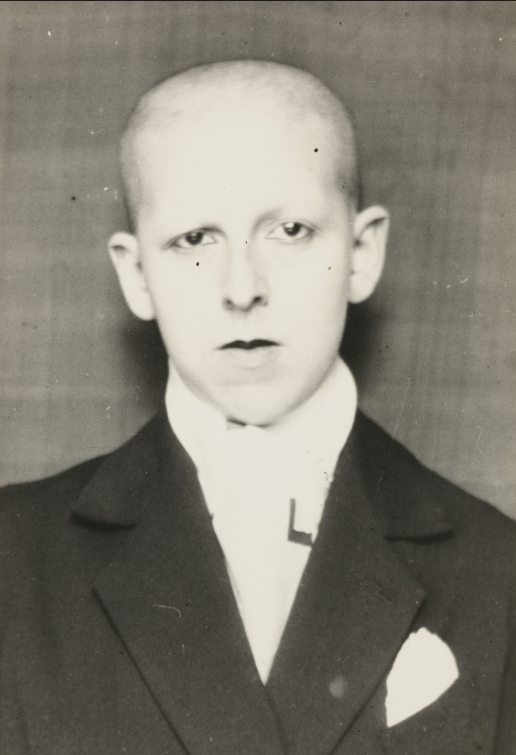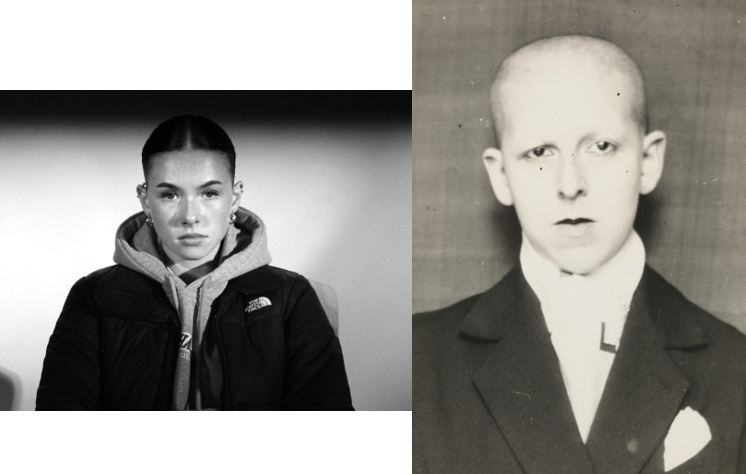Claude Cahun
Who is Claude Cahun?
Claude Cahun, born Lucy Schwob, was a French artist, photographer, and writer. She was born on October 25, 1894, in Nantes, France, and died on December 8, 1954. Cahun is best known for her self-portraits and photomontages, where she played with gender identity and explored themes of self-expression and identity. She was associated with the surrealist movement and was an activist, challenging traditional gender roles and societal norms through her art and writing. Cahun’s work gained recognition posthumously, and she is now considered an important figure in the history of queer and feminist art.
Cahun was raised in a wealthy and intellectual family, which exposed them to literature, art, and philosophy from an early age. They developed a love for writing and poetry and adapted the name Claude Cahun in their teenage years, intending to adopt a gender-neutral persona. Alongside their stepsister and lifelong collaborator Suzanne Malherbe, they created many of their renowned works.
Cahun’s work was often Avant-garde and politically charged, particularly during the rise of fascism in Europe. they actively resisted the Nazis during the German occupation of Jersey where they engaged in acts of nonviolent resistance and produced anti-Nazi propaganda. Unfortunately, they were eventually arrested and sentenced to death, although their sentence was commuted due to the liberation before it could be carried out.
Despite their significant contributions to art and the surrealist movement, Cahun’s work remained relatively unknown until much later. Only in the 1980s did their photographs gain recognition and appreciation, and they are now considered influential figures in both surrealism and gender-related art.

This particular photo resembles to me the challenging questioning of social norms of identity that Claude Cahun does. I find this one the most intriguing and meaningful, as Claude Cahun not only changed her name but also shaved her head to challenge gender roles and show her way of self-expression. In this photo Claude Cahun is presented in a very masculine way, the way the makeup or posture and positioning, make her look like a male but the stance and mirror and clothes add a sense of femininity to it as well, almost making the viewer look at it and wonder, if she is female or masculine, but either way it does not matter as she is comfortable and confident in her skin. Also With the mirror, Claude is looking directly into our eyes yet in the mirror looking another way, which could almost symbolize that she is confident in the way she looks and will act like that but inside she is scared, and many different parts and thoughts run through her mind.
In this iconic self-portrait, Claude Cahun showcases their distinctive androgynous appearance, coupled with their surrealist-inspired utilization of reflective surfaces. these elements encapsulate the essence of Cahun’s immense artistic significance. Whereas mirrors traditionally served to accentuate feminist beauty or narcissism in classical portraits, Cahun reimagines their symbolism to challenge and reject such simplistic portrayals of gender.

This photo is also very impressive as back then there was no Photoshop or editing so Claude Cahun had to get the film from her photos, and overlaid them together.
The photograph portrays a disturbing sight – a fusion of two heads forming conjoined twins, created by the camera. The pair appears locked in a fierce struggle, each head reflecting contrasting emotions. One face appears awake, tense, and empathetic, gazing beyond the frame, eager to engage with the world. The other face is turned inward, fixated on its twin, masking its sinister intentions behind a single hooded eye. The overall countenance seems drugged, detached, and reminiscent of a vampire. The shaved heads further enhance the eerie feeling, evoking abnormality and illness. It is as if we are glancing at an image found within the pages of an aged medical manual. This picture vividly portrays a self torn apart, with the “normal” woman on the left tormented, hunted, and somehow disciplined by her nocturnal doppelgänger.
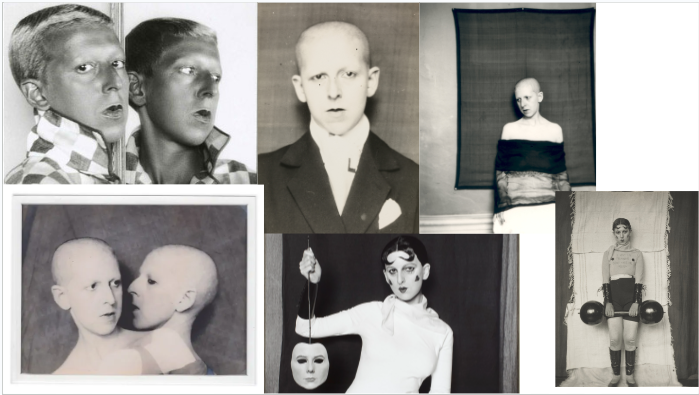
Cindy Sherman
Who is Cindy Sherman?
Cindy Sherman is an American artist and photographer known for her conceptual self-portraits. Born in 1954 in Glen Ridge, New Jersey, Sherman rose to prominence in the 1970s by challenging traditional notions of identity and representation through her photographs. She often serves as both the model and the photographer in her work, donning various costumes, wigs, and makeup to create characters and explore themes such as gender, cultural stereotypes, and the portrayal of women in art and media. Sherman’s photographs have been exhibited internationally and have earned her critical acclaim as one of the most influential contemporary artists working today.
The photograph portrays a disturbing sight – a fusion of two heads forming conjoined twins, created by the camera. The pair appears locked in a fierce struggle, each head reflecting contrasting emotions. One face appears awake, tense, and empathetic, gazing beyond the frame, eager to engage with the world. The other face is turned inward, fixated on its twin, masking its sinister intentions behind a single hooded eye. The overall countenance seems drugged, detached, and reminiscent of a vampire. The shaved heads further enhance the eerie feeling, evoking abnormality and illness. It is as if we are glancing at an image found within the pages of an aged medical manual. This picture vividly portrays a self torn apart, with the “normal” woman on the left tormented, hunted, and somehow disciplined by her nocturnal doppelgänger.
Cindy Sherman is an American artist and photographer known for her conceptual self-portraits. Born in 1954 in Glen Ridge, New Jersey, Sherman rose to prominence in the 1970s by challenging traditional notions of identity and representation through her photographs. She often serves as both the model and the photographer in her work, donning various costumes, wigs, and makeup to create characters and explore themes such as gender, cultural stereotypes, and the portrayal of women in art and media. Sherman’s photographs have been exhibited internationally and have earned her critical acclaim as one of the most influential contemporary artists working today.
Cindy Sherman is widely regarded as one of the most important and influential artists of our time. She is best known for her groundbreaking series of conceptual self-portraits, which she began in the late 1970s. In these photographs, Sherman explores the construction of identity by assuming different roles and personas, often challenging societal norms and stereotypes. Sherman’s work is characterized by her ability to transform herself into diverse characters through the use of costumes, props, makeup, and settings. She meticulously constructs each image, paying attention to every detail, including facial expressions, gestures, and body language, creating convincing and thought-provoking narratives. By stepping into various fictional roles, Sherman not only challenges traditional notions of portraiture but also questions how women have been historically depicted and objectified in art and media. Throughout her career, Sherman has delved into various themes and genres. Her early works, such as the “Untitled Film Stills” series, explore the language and tropes of Hollywood and film noir. In these images, Sherman assumes the roles of women from different cinematic genres, raising questions about female representation in popular culture.
In later series like “History Portraits” and “Clowns,” Sherman continues to challenge notions of beauty, aging, and the grotesque. She often utilizes prosthetics, masks, and distorted perspectives to subvert traditional expectations of appearance and identity. Sherman’s work has been widely exhibited in major galleries and museums around the world, and she has received numerous awards and recognition for her contributions to contemporary art. Through her provocative and highly influential photographs, Cindy Sherman has made significant contributions to the fields of photography, feminist art, and critical theory.

Cindy Sherman’s artistic talent extends beyond her meticulous planning and attention to detail in her compositions, props, and costumes. One of her remarkable abilities lies in her capacity to evoke and convey emotion in her photographs. Each image feels like a frozen moment of truth for the character portrayed. If her photographs were film stills, they would capture the exact moment when the protagonist experiences a profound revelation about their past and future.
Comprising of seventy black-and-white photographs, Cindy Sherman’s renowned series, “Untitled Film Stills,” features the artist assuming the roles of different archetypal female characters commonly seen in movies. Her portrayals encompass a range of personas, including the ingénue, working girl, vamp, and lonely housewife. The photographs are intentionally staged to resemble scenes from 1950s and ’60s Hollywood, film noir, B movies, and European art-house films. Notably, the images are printed in a format, scale, and quality reminiscent of the promotional stills used in the film industry. By photographing herself within these stereotypical roles, Sherman actively engages in a dialogue about the conventional portrayal of women in media. While it remains unclear if she released the camera’s shutter or employed technical assistance, Sherman is universally regarded as the mastermind behind these photographs, making her the author of the works. However, despite her evident presence in the images, the Untitled Film Stills series should not be interpreted as self-portraits.

One notable photograph by Cindy Sherman depicts a woman in a towel looking into a mirror. This photograph, like many of Sherman’s works, challenges traditional narratives surrounding female representation in art and media. With her signature focus on identity and performance, Sherman invites viewers to question the concept of the female gaze and the role of self-perception. In this particular image, Sherman presents a moment of vulnerability and introspection. The woman, draped in a towel, is caught in the act of examining herself in the mirror. By removing the external trappings of clothing, the focus shifts to the woman’s perception of herself, free from societal expectations or external influences. Sherman’s decision to include this moment in her repertoire speaks to the broader conversation on body image and self-reflection. Furthermore, Sherman’s use of a mirror introduces an element of self-awareness and self-reflexivity. By capturing the woman observing herself, the photograph raises questions about the construction and performance of identity. It prompts viewers to contemplate how one’s sense of self is shaped, influenced and sometimes distorted by external factors such as societal norms and media representations.
Through her photography, Cindy Sherman engages with complex themes of identity, gender, and self-perception. By presenting a woman in a vulnerable yet introspective state, she challenges viewers to critically examine traditional ideals and narratives surrounding women in the broader cultural landscape.





